How to Choose the Right Color Palette for Your Space: A Comprehensive Guide
Selecting the right color palette is essential to creating a harmonious and inviting space. Colors have a profound impact on the ambiance and overall aesthetic of your environment. In this guide, we will walk you through key strategies to choose a color scheme that transforms your space and reflects your personal style.
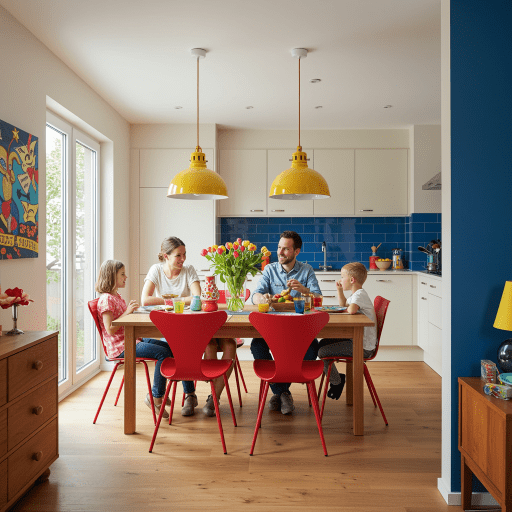
Draw Inspiration from Key Sources
Personal Preferences
Begin by identifying colors that resonate with you. Consider your favorite hues and the emotions they evoke. Do warm tones like red and orange energize you, or do cool shades like blue and green make you feel calm?
Existing Elements
Take stock of fixed features in your space, such as flooring, countertops, or large furniture pieces. Choose colors that complement these elements rather than clash with them.
Nature and Art
Look to natural landscapes and artwork for color inspiration. Nature provides harmonious color combinations, such as greens paired with browns or blues blending with neutral sands. Artwork can also spark creative ideas for unique and beautiful palettes.

Understand Color Theory
Color Wheel Basics
Familiarize yourself with the color wheel to understand the relationships between colors. This knowledge will help you create cohesive and visually appealing combinations.
Popular Color Schemes
- Monochromatic: Different shades and tints of a single color for a clean, unified look.
- Analogous: Colors adjacent to each other on the wheel, such as blue, green, and teal, for a harmonious feel.
- Complementary: Colors opposite each other, such as blue and orange, offering high contrast and vibrancy.
- Triadic: Three colors evenly spaced around the wheel, like red, yellow, and blue, for a balanced yet dynamic palette.
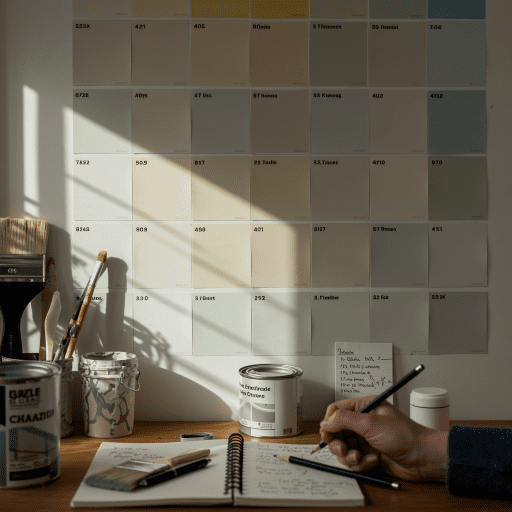
Apply the 60-30-10 Rule
A tried-and-true formula for color distribution in interior design:
- 60% Dominant Color: Use this for walls and large areas.
- 30% Secondary Color: Incorporate through furniture or textiles.
- 10% Accent Color: Add through accessories, artwork, or smaller decor elements.
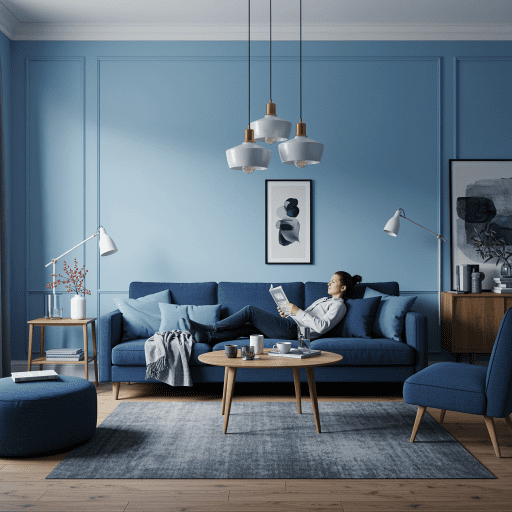
Consider the Room’s Purpose and Mood
Functionality
Think about the room's primary function. A living room might benefit from warm, inviting tones, while a home office may require calming shades to enhance focus.
Emotional Impact
Colors evoke different feelings:
- Blues and Greens: Promote relaxation and tranquility.
- Yellows and Oranges: Bring energy and warmth.
- Neutral Shades: Offer versatility and sophistication.
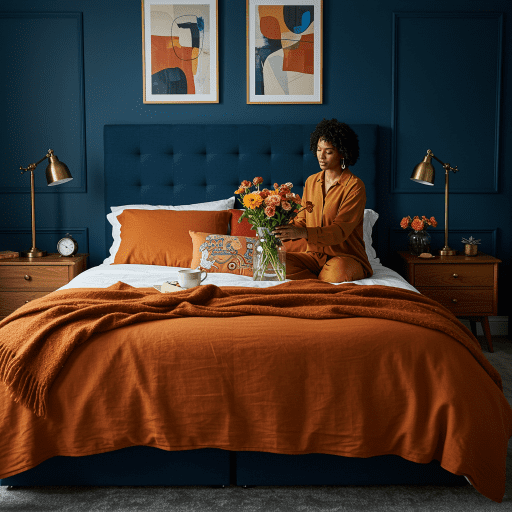
Test Before Committing
Sample Swatches
Apply paint samples to your walls and observe them at different times of the day under varying lighting conditions.
Live with It
Spend a few days with the samples to see how they make you feel over time. This process helps avoid costly mistakes.
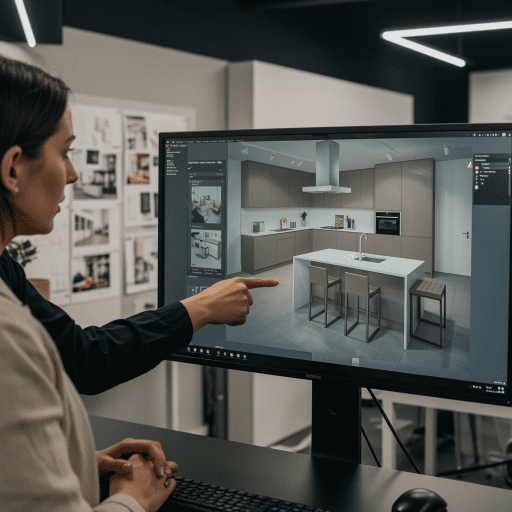
Utilize Color Palette Tools
Digital Aids
Use online color palette generators like Adobe Color or Coolors to visualize combinations and find inspiration.
Professional Advice
If you’re unsure about your choices, consult with interior designers or color experts who can offer tailored recommendations.
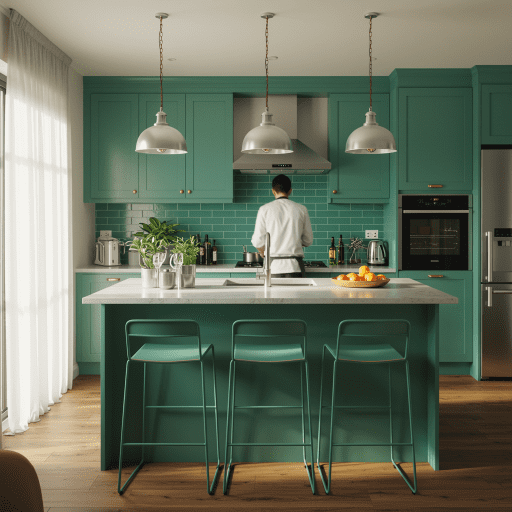
Conclusion
By following these steps, you can create a cohesive and aesthetically pleasing color palette that enhances your space. Remember to draw inspiration from personal preferences, understand color theory, and test your choices before committing. With thoughtful planning, your space will become a reflection of your style and purpose.
Ready to transform your home? Explore more design tips and inspiration at InStyle Deco Paris!